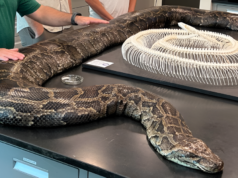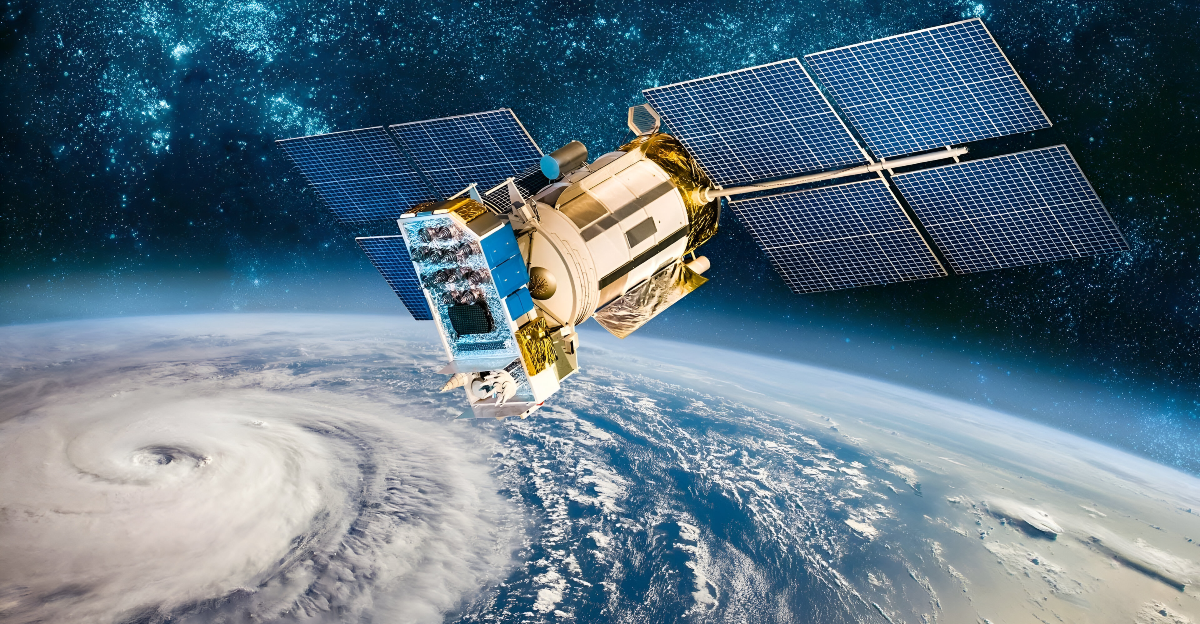
NASA has recently identified a massive, mysterious energy surge emanating from deep within Earth’s mantle, causing unprecedented disturbances across the planet.
This phenomenon is linked to the South Atlantic Anomaly (SAA), a vast region where the magnetic field is very weak that extends over South America and the South Atlantic Ocean.
The anomaly acts as a breach in Earth’s magnetic shield, allowing high-energy solar particles to approach dangerously close to the surface, threatening both terrestrial and space-based technologies. The global scientific community is now racing to understand the implications of this evolving anomaly.
Understanding the South Atlantic Anomaly
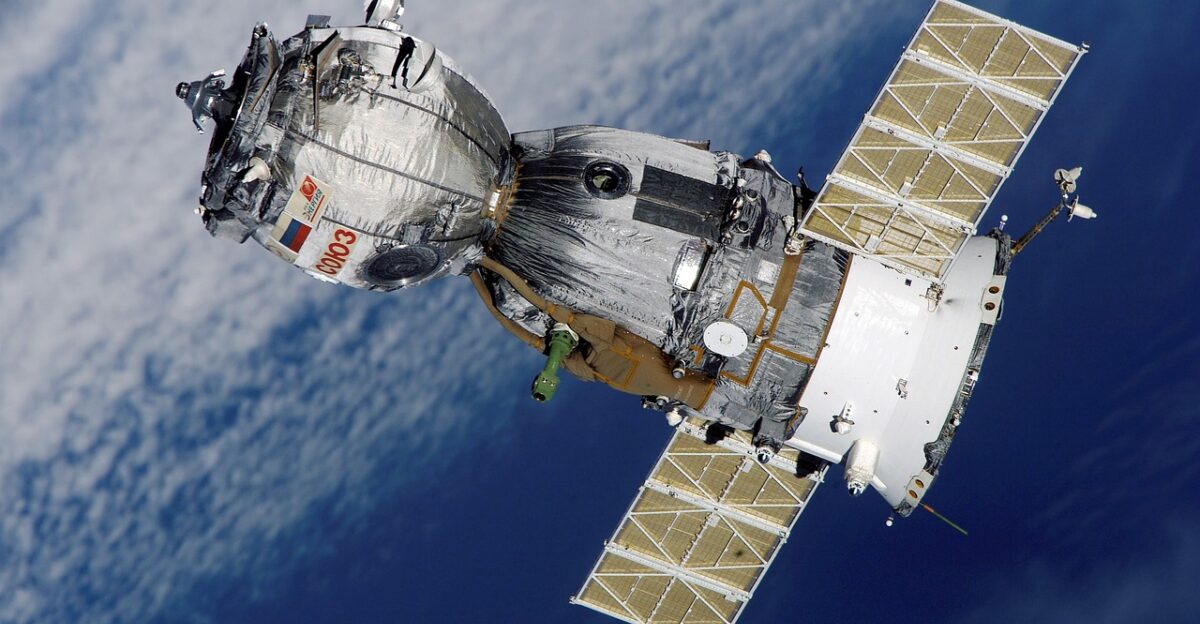
The SAA is a geomagnetic phenomenon characterized by a significant reduction in magnetic intensity compared to surrounding areas. According to NASA’s Space Weather Program director Jamie Favors, the anomaly poses a critical challenge for satellite safety and space missions.
The weakened magnetic field allows energetic protons to penetrate spacecraft electronics, causing single-event upsets (SEUs) that can disrupt or damage systems.
NASA scientist Terry Sabaka emphasizes the importance of continuous monitoring as the anomaly drifts and splits, increasing hazards for satellites.
The Geodynamo and Earth’s Core
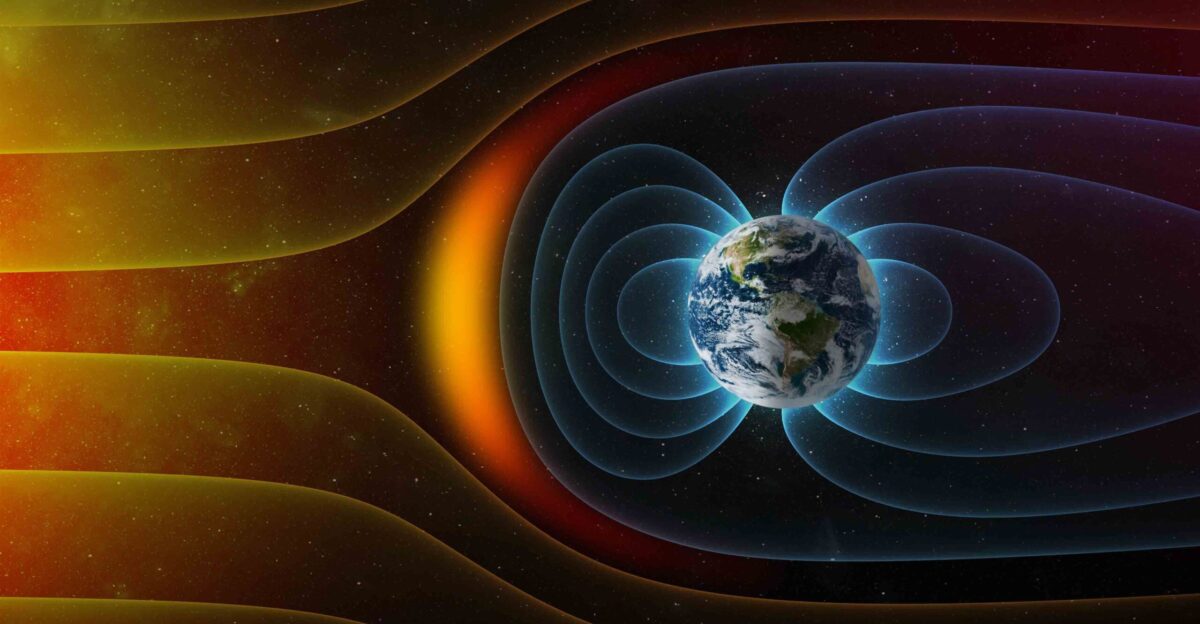
The root causes of the SAA lies in the geodynamo process within the Earth’s outer core, where molten iron and nickel generate the planet’s magnetic field. However, this process is not uniform.
The tilt of Earth’s magnetic axis, in combination with the influence of the African Large Low Shear Velocity Province — a massive, dense structure about 1,800 miles beneath the African continent — disrupts magnetic field generation. This disruption causes a local polarity reversal, weakening the dipole field intensity and creating the SAA’s signature magnetic weakness.
Escalating Risks to Space Technology
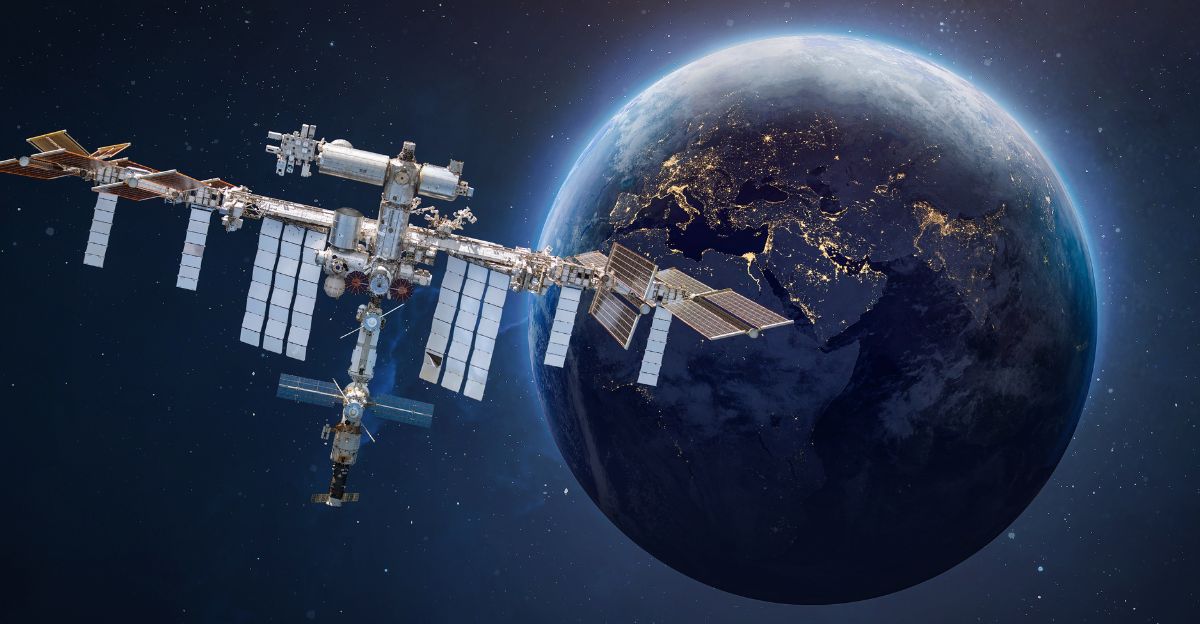
Satellites and spacecraft passing through the SAA are exposed to elevated levels of energetic particles, which can cause temporary malfunctions, data corruption, or permanent damage.
The International Space Station (ISS), which crosses the anomaly on every orbit, experiences occasional glitches and data loss despite shielding. NASA’s ICON mission adjusts its operations to mitigate these effects. The growing size and bifurcation of the SAA compliance with these protective measures pose increasing risks to space infrastructure.
Dynamic Evolution and Emerging Challenges
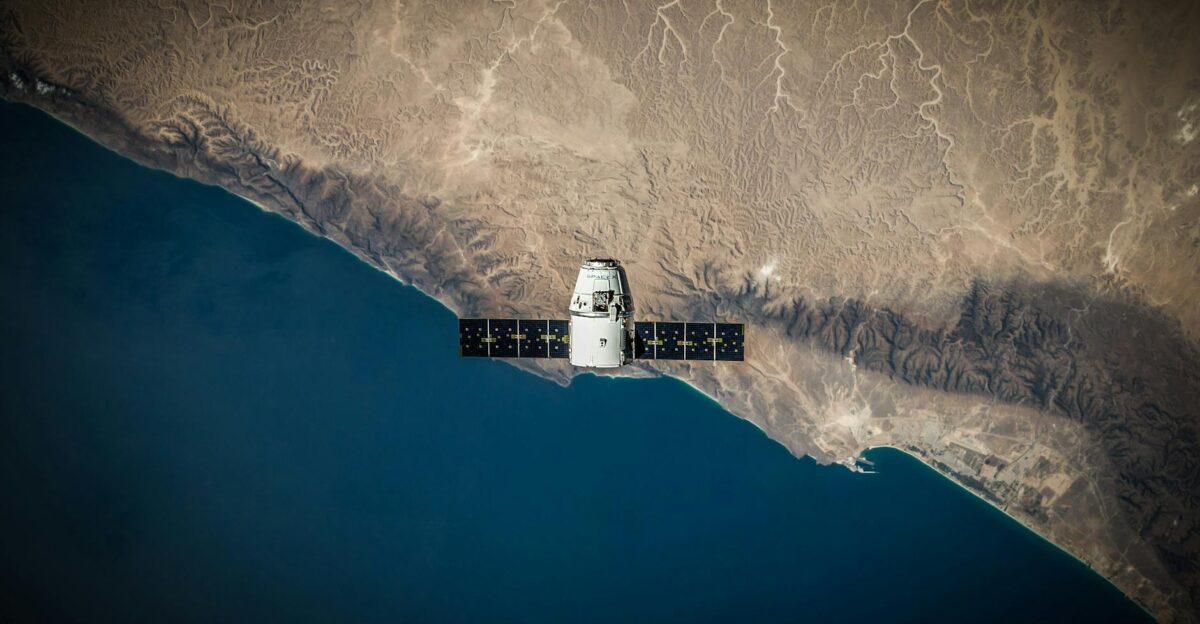
Recent data from ESA’s Swarm satellites and NASA’s SAMPEX mission reveal that the South Atlantic Anomaly is not static. Since 2020, it has been drifting northwest and splitting into two distinct lobes, increasing the number of hazardous zones for spacecraft.
This dynamic evolution demands improved predictive models and adaptive strategies. NASA’s Terry Sabaka highlights the urgency of understanding these changes to safeguard satellite operations and maintain scientific research continuity.
Impact on Earth’s Atmosphere and Beyond
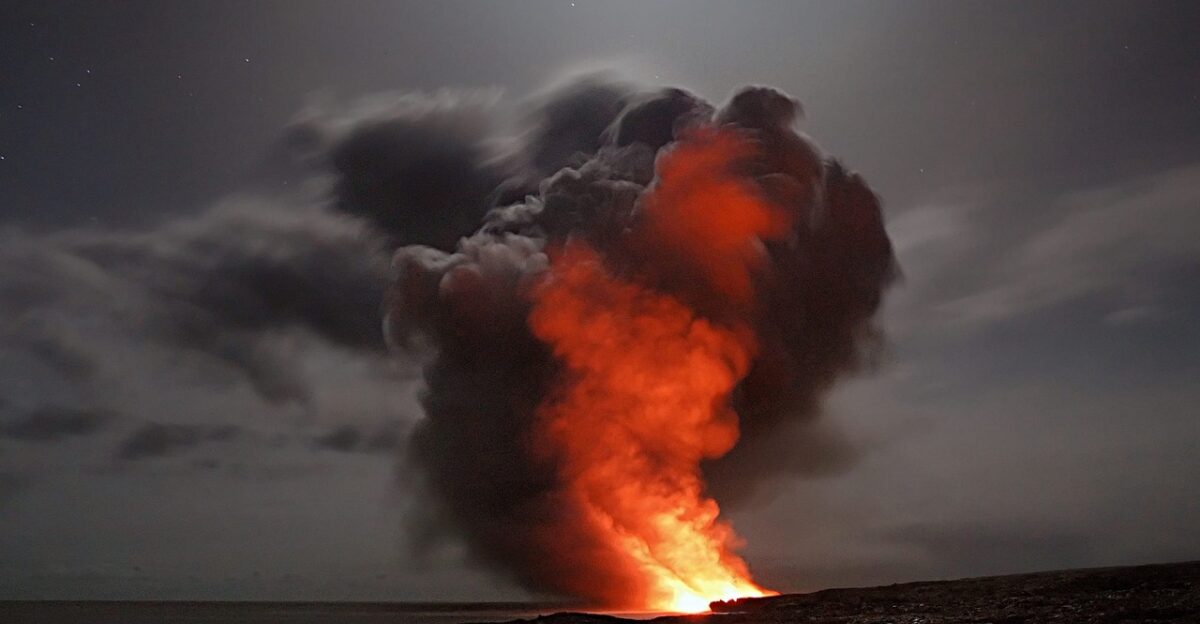
The magnetic weakening associated with the SAA also affects Earth’s outer atmosphere. Studies show that volcanic eruptions and other geological events may send gravity waves into the atmosphere, sometimes reaching satellite altitudes and influencing space operations.
These interactions underscore the interconnectedness of terrestrial and space environments and the need for comprehensive monitoring of Earth’s geophysical activity.
Scientific Efforts to Decode the Anomaly
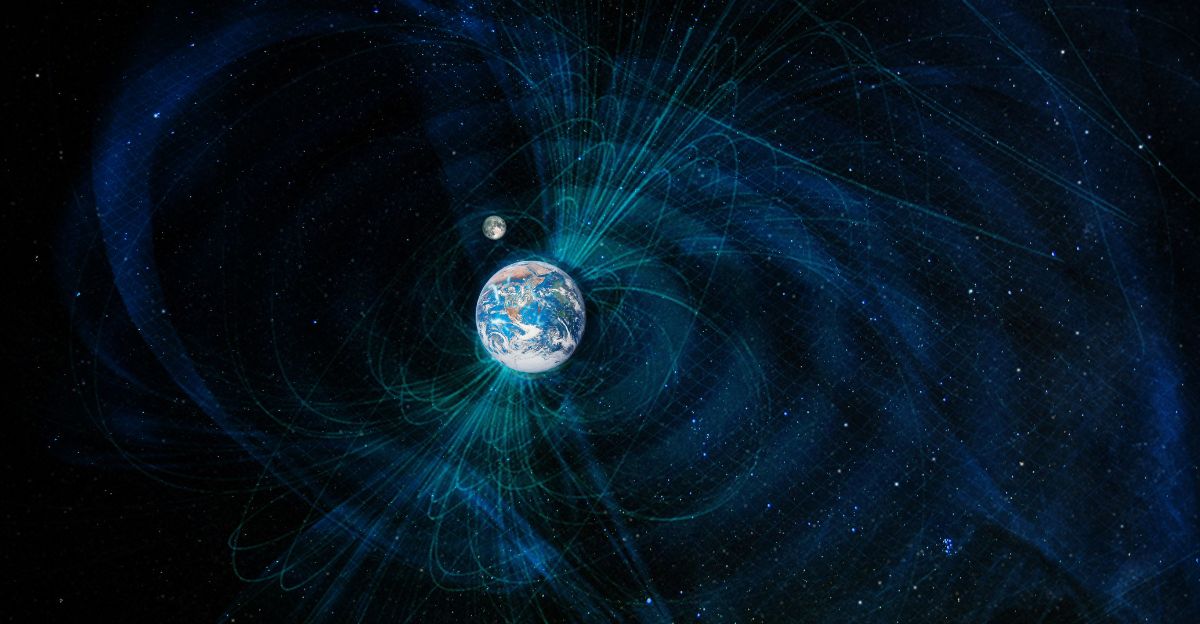
NASA combines satellite observations and sophisticated simulations of Earth’s core dynamics to understand the SAA better. These models feed into the International Geomagnetic Reference Field (IGRF), which tracks the secular variation of Earth’s magnetic field over years and decades.
This approach is akin to weather forecasting but on geological timescales, enabling scientists to anticipate changes and prepare for their effects on technology and navigation.
Broader Implications for Planetary Science
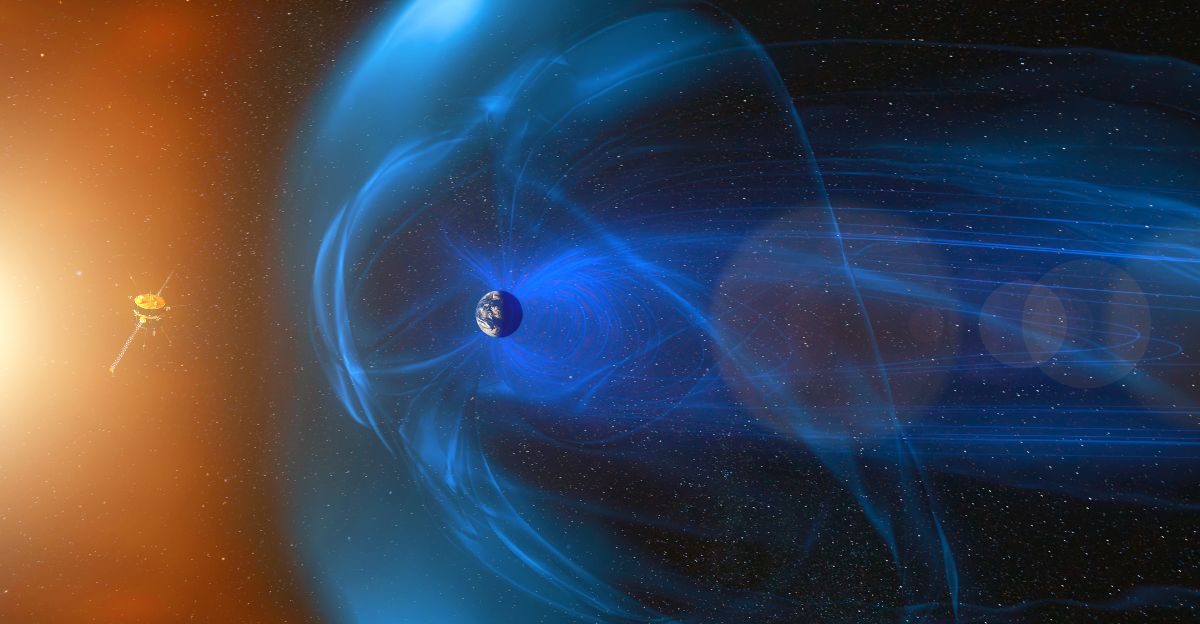
The SAA provides a unique natural laboratory for studying Earth’s magnetic field generation and internal structure. While the anomaly’s current evolution is unprecedented in the space era, geological records indicate such phenomena have occurred before.
Importantly, scientists assert that the SAA is not an early sign of a magnetic pole reversal, which happens over hundreds of thousands of years. Understanding the anomaly deepens our knowledge of planetary magnetism and its long-term behavior.
Expert Perspectives on the Crisis

Jamie Favors, director of NASA’s Space Weather Program, warns that if unmitigated, geomagnetic storms and anomalies like the SAA could have severe consequences.
“We learned the lesson of preparedness with the Gannon storm of 2024,” she said, referencing the largest geomagnetic storm in two decades that disrupted satellites but caused no catastrophic damage. Experts stress that as the SAA grows and shifts, coordinated global efforts are essential to protect critical space assets and infrastructure.
Preparedness and Adaptation
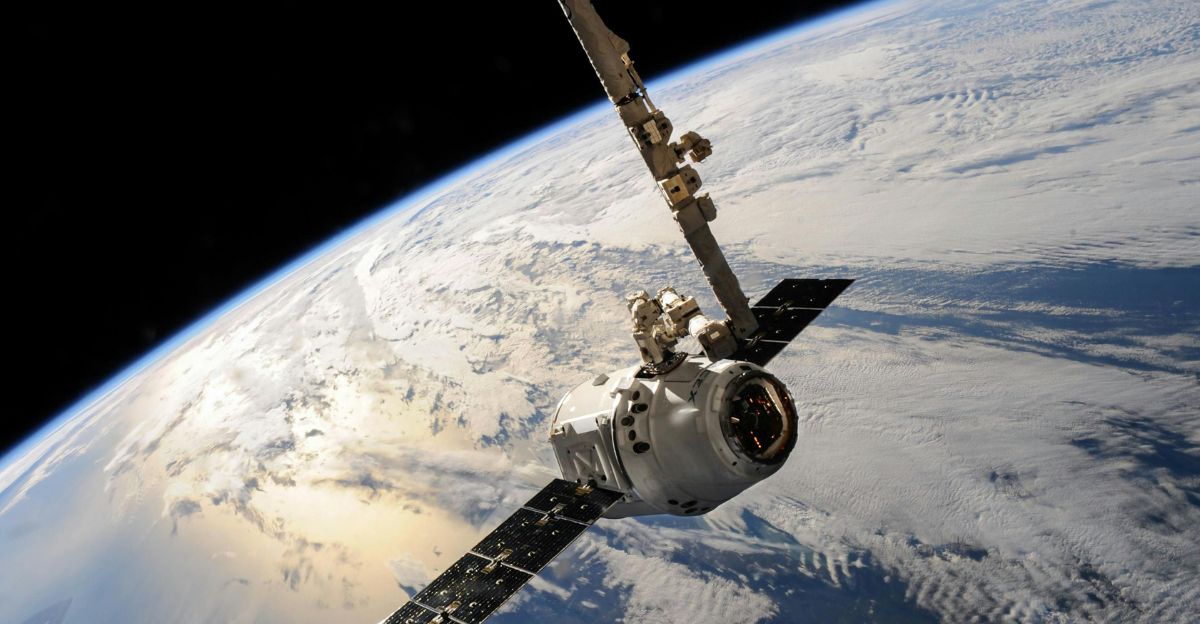
NASA and international partners are working on improving their monitoring systems and adapting satellite operations to mitigate SAA’s effects. Future missions will rely on improved geomagnetic models and real-time data to navigate these hazardous zones safely.
The evolving South Atlantic Anomaly challenges our technological resilience but also propels scientific discovery, offering insights into Earth’s deep interior and other complex forces shaping our planet’s magnetic environment.


